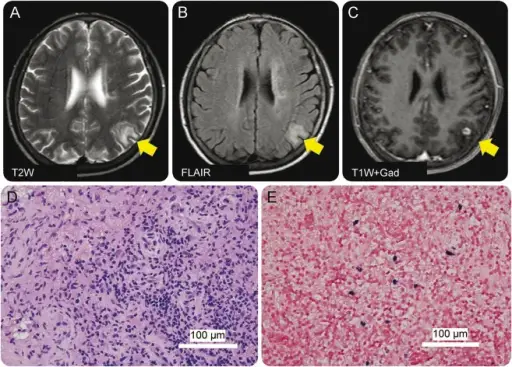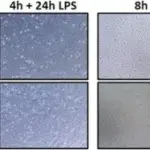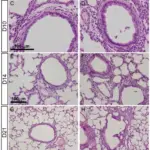Infectious agents may be diagnosed with special techniques that include:
- Acid-fast stain
- Gram stain
- Mucicarmine stain
- Periodic acid-Schiff (PAS) stain
- Silver stain
- Antibody stain
- Culture
- DNA probes
- Matrix-assisted laser desorption/ionization-time of flight (MALDI-TOF)
How does Acid-Fast Stain Help Diagnose Infectious Agents?
Acid-fast stain is used to differentiate acid fast organisms such as mycobacteria.
Acid-fast stain helps diagnose infectious agents by staining smear with carbol fuchsin, a lipid soluble phenol, which penetrates through lipoidal wall and enters into cytoplasm by heat application. Then the cell appears red, decolorized cells absorb the counter stain and take its color and appear blue while acid-fast cells retain the red color.
How does Gram stain help diagnose infectious agents?
Gram stain is a method of staining used to classify bacterial species into two large groups, gram-positive bacteria and gram-negative bacteria.
How does Mucicarmine stain help diagnose infectious agents?
Mucicarmine stain is intended for the staining of mucin, a secretion produced by a variety of epithelial cells and connective tissue cells.
How does Periodic Acid-Schiff PAS stain help diagnose infectious agents?
Periodic Acid-Schiff PAS stain is a staining method used to detect polysaccharides such as glycogen, and mucosubstances such as glycoproteins, glycolipids and mucins in tissues.
How does Silver Stain help diagnose infectious agents?
Silver Stain is a very sensitive method for detecting small amounts of proteins and low-molecular-weight nucleic acids in polyacrylamide gels.
How does Antibody stain help diagnose infectious agents?
Antibody stain is the use of an antibody-based method to detect a specific protein.
How does Culture help diagnose infectious agents?
Culture is a method used to identify the organisms suspected of causing an infection.
How do DNA Probes help diagnose infectious agents?
DNA probes are important tools in diagnostics to ensure high specificity and sensitivity. They are used in molecular biology methods like PCR, qPCR.
How does Matrix-assisted laser desorption/ionization-time of flight MALDI-TOF help diagnose infectious agents?
Matrix-assisted laser desorption/ionization-time of flight MALDI-TOF is high throughput technology based on the comparison of the protein fingerprint obtained by microbial cells with a database of reference spectra by means of the use of various algorithms.



